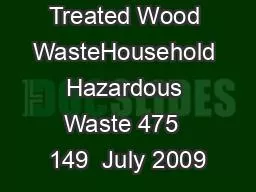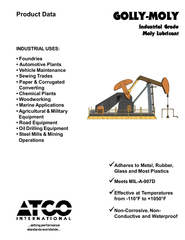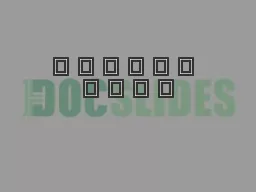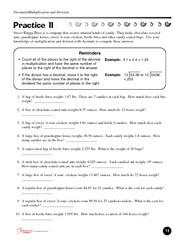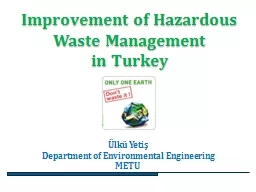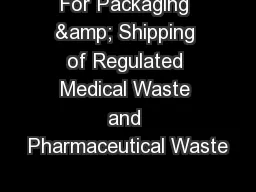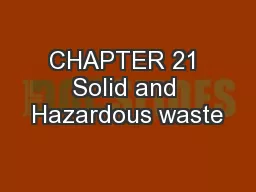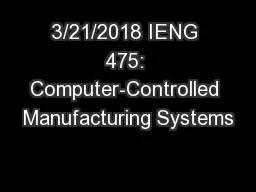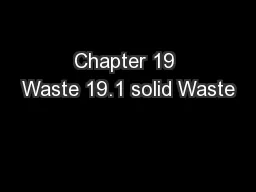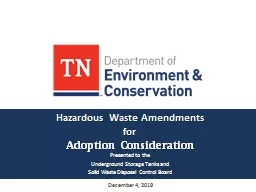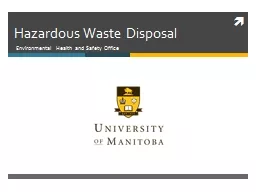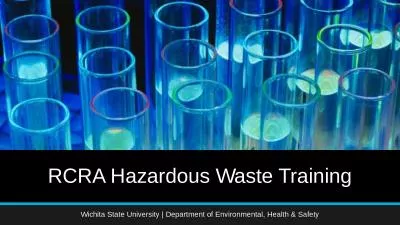PDF-Treated Wood WasteHousehold Hazardous Waste 475 149 July 2009
Author : ivy | Published Date : 2021-10-03
Minnesota Pollution Control Agency 149 520 Lafayette Rd N St Paul MN 551554194 149 wwwpcastatemnuswhhw475 reating wood with chemical but some of the chemicals used
Presentation Embed Code
Download Presentation
Download Presentation The PPT/PDF document "Treated Wood WasteHousehold Hazardous Wa..." is the property of its rightful owner. Permission is granted to download and print the materials on this website for personal, non-commercial use only, and to display it on your personal computer provided you do not modify the materials and that you retain all copyright notices contained in the materials. By downloading content from our website, you accept the terms of this agreement.
Treated Wood WasteHousehold Hazardous Waste 475 149 July 2009: Transcript
Download Rules Of Document
"Treated Wood WasteHousehold Hazardous Waste 475 149 July 2009"The content belongs to its owner. You may download and print it for personal use, without modification, and keep all copyright notices. By downloading, you agree to these terms.
Related Documents

